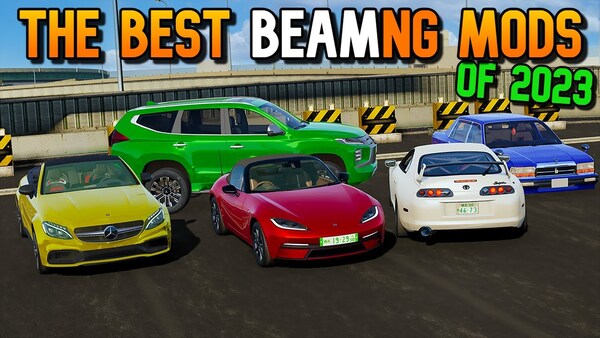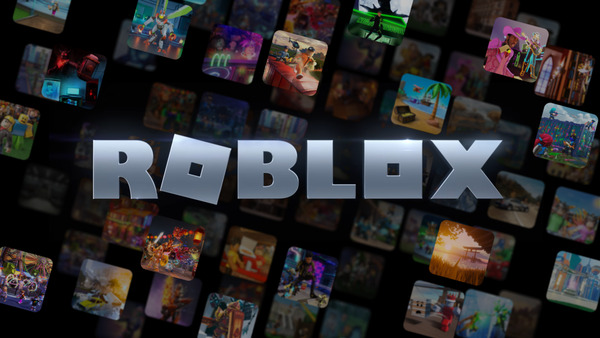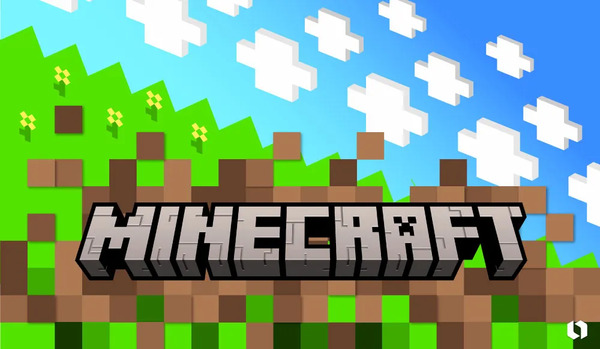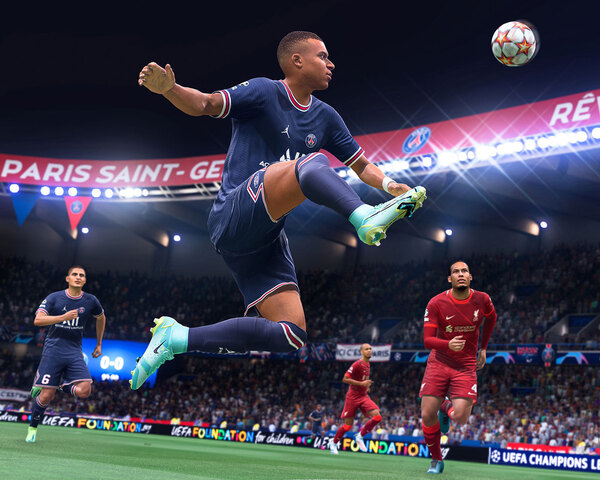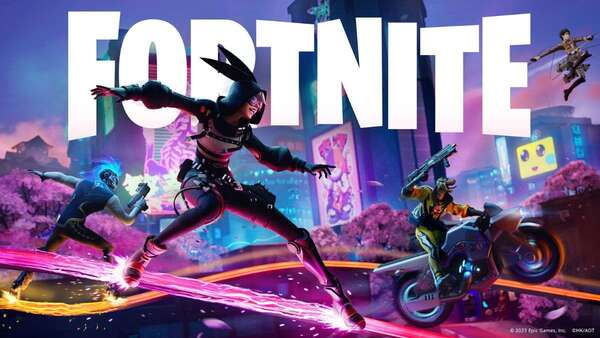Since its release in 2017, Fortnite has evolved from a quirky cooperative building game into a global cultural icon and one of the most influential online multiplayer experiences of all time. Developed by Epic Games, Fortnite not only helped pioneer the battle royale genre but has also continuously reinvented itself with seasonal content, crossovers, and creative modes that expand far beyond shooting and survival.
Whether you're an esports competitor, a casual gamer, or someone who logs in just to attend a virtual concert, Fortnite offers a unique ecosystem. This review explores Fortnite’s origins, gameplay systems, technical innovations, monetization, cultural impact, and future—all while analyzing its pros, cons, and player experience.
1. The Origins: From Save the World to Battle Royale
When Fortnite was first announced, it was envisioned as a PvE base-building survival game titled "Fortnite: Save the World." It combined cooperative missions, crafting, and zombie defense mechanics. While it built a modest player base, it wasn’t until September 2017 that Fortnite truly exploded—thanks to the addition of Battle Royale mode.
The Battle Royale Pivot
Inspired by the success of PUBG, Epic Games quickly pivoted and released Fortnite Battle Royale, a free-to-play, last-player-standing experience. Unlike PUBG’s realistic style, Fortnite brought vibrant visuals, building mechanics, and over-the-top weapons.
Instant Global Success
Within months, Fortnite Battle Royale attracted tens of millions of players, launching Epic Games into mainstream success. Its accessible style, free entry point, and cross-platform play were major catalysts.
2. Gameplay Mechanics: Build, Shoot, Survive
At its core, Fortnite is a third-person shooter where 100 players drop onto an island and fight to be the last one standing. But what truly differentiates it is the building mechanic.
The Build System
Players collect materials (wood, stone, metal) by destroying objects and can then build:
-
Walls
-
Stairs
-
Floors
-
Roofs
These structures are essential for defense, movement, and high-level play, adding a tactical depth unmatched in other battle royales.
Gunplay and Loot System
Weapons are ranked by rarity and include:
-
Assault rifles
-
SMGs
-
Shotguns
-
Snipers
-
Explosive and mythic items
Fortnite balances chaotic action with skillful shooting, smart building, and quick decision-making.
3. Creative Mode and Zero Build: Redefining Player Experience
Fortnite isn’t just one game—it’s a platform.
Creative Mode
Introduced in 2018, Creative Mode allows players to build their own maps, mini-games, and experiences. It has led to everything from:
-
Deathrun challenges
-
Racing games
-
Virtual classrooms
-
Roleplay environments
This empowers the community to make Fortnite more than a shooter—it’s a sandbox.
Zero Build Mode
In 2022, Epic introduced Zero Build, removing the build mechanic entirely. This mode appeals to:
-
New players overwhelmed by building
-
Fans of more traditional shooters
-
Competitive players seeking pure gunfights
Zero Build quickly became a hit, showing Epic’s adaptability and willingness to diversify.
4. Seasonal Content and Live Events
One of Fortnite’s most innovative features is its seasonal model, often accompanied by a major live event.
Battle Pass and Seasons
Each season lasts around 10 weeks, with a Battle Pass that offers:
-
Skins
-
Emotes
-
V-Bucks
-
Loading screens
These passes create a sense of progression, encourage daily play, and generate revenue.
Live Events
Fortnite is famous for spectacular real-time events:
-
The Travis Scott concert (12.3 million live viewers)
-
The black hole that ended Chapter 2
-
Star Wars previews
-
Chapter 5 opening cinematic
These events merge gaming, narrative, and pop culture into unforgettable moments.
5. Graphics, Sound, and Performance
Visual Style
Fortnite uses a cartoonish, stylized aesthetic that sets it apart from gritty competitors. This visual choice:
-
Ages well
-
Appeals to a wide demographic
-
Allows creative freedom in skin and environment design
Audio Design
From directional footsteps to weapon fire, audio cues are essential for survival. Fortnite also includes:
-
Licensed soundtracks
-
Emote music
-
Environmental effects tied to narrative elements
Performance and Accessibility
Fortnite is optimized for:
-
Consoles (PS4, PS5, Xbox)
-
PC (low to ultra settings)
-
Mobile (Android via Epic App, cloud streaming)
Epic Games’ own Unreal Engine powers Fortnite, ensuring top-tier graphics and scalability.
6. Monetization: Cosmetics and V-Bucks
Fortnite is 100% free to play with monetization through cosmetics and Battle Passes.
Currency and Store
-
V-Bucks are the in-game currency.
-
Used to purchase skins, pickaxes, gliders, and dances.
-
Some skins are bundled in limited-time offers or real-money packs.
Not Pay-to-Win
There are no competitive advantages tied to purchases. Skins are purely cosmetic—ensuring fairness across the board.
Controversy Around Skins
Some skins are considered too flashy or have smaller hitboxes, sparking debates about their impact in competitive play, though Epic continuously balances them.
7. Cultural Impact and Collaborations
Fortnite has become a cultural juggernaut, collaborating with the biggest franchises and celebrities on Earth.
Key Collaborations
-
Marvel (Iron Man, Thanos, Spider-Man)
-
Star Wars (Lightsabers, Rey, Darth Vader)
-
Naruto, Dragon Ball, Attack on Titan
-
Celebrities: Travis Scott, Ariana Grande, MrBeast
These partnerships bring:
-
Exclusive skins
-
Themed events
-
Custom weapons and locations
Meme Factory
Emotes, dances, and viral moments make Fortnite a regular on social media. It’s not just a game—it’s entertainment.
8. Competitive Scene and Esports
While Fortnite began as a casual game, it has built a robust competitive ecosystem.
Key Events
-
Fortnite World Cup (2019): $30M prize pool
-
FNCS (Fortnite Champion Series): Seasonal tournaments
-
Zero Build Competitive Modes: New options for players who prefer aim over build mechanics
Pros and Streamers
Gamers like Bugha, Clix, and Tfue have become stars. Twitch and YouTube streaming communities revolve around daily tournaments and highlight reels.
Fortnite’s esports scene is less formal than CS:GO or Valorant but more accessible, thanks to its free entry and rotating formats.
9. Community, Safety, and Player Dynamics
Player Base
Fortnite is played by:
-
Children (with parental controls)
-
Teens and young adults
-
Streamers and content creators
-
Competitive pros
This creates a diverse, sometimes chaotic community.
Safety and Moderation
Epic includes:
-
Voice chat moderation
-
Parental controls
-
Limited friend requests for underage accounts
Still, concerns remain about toxic behavior, screen time addiction, and in-game purchases by minors.
10. Future of Fortnite: Platform, Metaverse, and More
Epic is pushing Fortnite beyond just a game.
UEFN and Fortnite Creative 2.0
In 2023, Epic introduced Unreal Editor for Fortnite (UEFN)—giving creators access to advanced game development tools inside Fortnite. This positions Fortnite as a roblox-style creator platform.
Fortnite as a Metaverse
Epic’s ambitions align with the idea of a digital world where:
-
Games
-
Events
-
Social interactions
-
Commerce
...all exist inside one platform. Fortnite may very well be that platform.



















